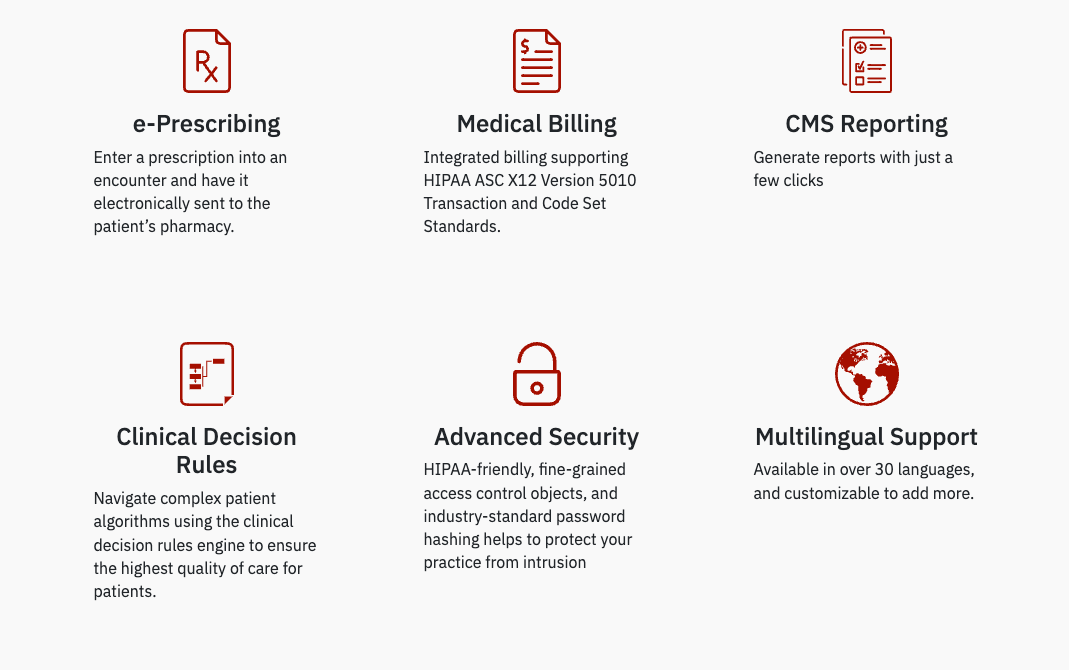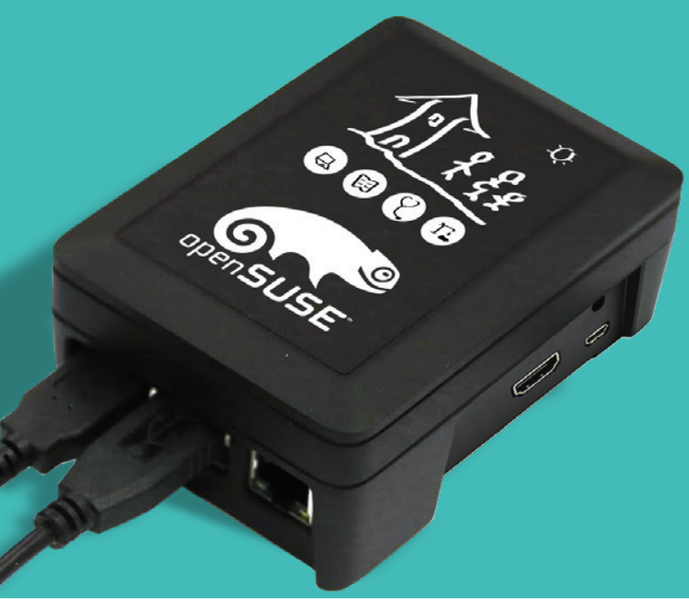How to Install Bahmni Hospital Management System Using Docker: A Comprehensive Guide
Table of Content
In this tutorial, we'll cover how to install Bahmni using Docker. Whether you're a healthcare provider, an open-source enthusiast, or just curious, this guide will get you up and running quickly.
But first, let’s understand what Bahmni is and why it's an excellent choice for clinics and hospitals.
What is Bahmni?
Bahmni is an open-source Hospital Management System (HMS) built on top of OpenMRS. It is designed for low-resource healthcare environments and provides comprehensive clinical, billing, and laboratory management tools.
Bahmni integrates several open-source projects:
- OpenMRS for patient and medical records.
- OpenERP (Odoo) for inventory and billing management.
- Dcm4chee for radiology and imaging.
- Lab System for pathology and laboratory workflows.
Key Features of Bahmni
- Patient Registration & Management: Streamlined process for registering and tracking patients.
- Electronic Medical Records (EMR): Comprehensive medical records for each patient.
- Laboratory Management: Workflow for lab orders and results.
- Radiology Integration: Manage and store radiology images.
- Billing & Inventory: Seamlessly manage billing and stock.
- Customizable Dashboards: Adaptable to different hospital needs.
Benefits of Using Bahmni
- Open-Source and Free: No licensing costs.
- Modular and Scalable: Easy to extend based on your needs.
- Community-Driven: Backed by an active global community.
- Offline Support: Designed for low-connectivity regions.
Prerequisites
Before you install Bahmni, make sure you have the following installed:
- Docker (version 19 or higher)
- Docker Compose (version 1.25 or higher)
- Git
If Docker isn’t installed, check out our guide on installing Docker on Linux.

Step-by-Step Guide to Install Bahmni Using Docker
1. Clone the Bahmni Docker Repository
Open your terminal and clone the official Bahmni Docker repository:
git clone https://github.com/Bahmni/docker-bahmni.git
cd docker-bahmni
2. Configure the Environment
Bahmni provides a .env file to customize your setup. Copy the sample .env file and edit it as needed:
cp .env.example .env
You can use a text editor to make changes:
nano .env
Key environment variables you might want to modify:
BAHMNI_HOST– Set your host IP (default islocalhost).OPENMRS_DB_PASSWORD– Database password for OpenMRS.
Save and exit (CTRL + O, CTRL + X).
3. Start Bahmni with Docker Compose
Run the following command to pull the necessary images and start Bahmni:
docker-compose up -d
This process might take a few minutes, depending on your internet speed.
4. Verify Containers
Check if the containers are up and running:
docker-compose ps
You should see several containers, including openmrs, postgres, and erp running.
5. Access Bahmni
Once everything is up, open your browser and navigate to:
- Bahmni EMR:
http://localhost/bahmni/home - OpenERP (Odoo):
http://localhost/odoo - Dcm4chee:
http://localhost/dcm4chee
6. Login Credentials
Default login credentials for Bahmni are:
- Username:
superman - Password:
admin123
Managing Bahmni Containers
Stopping Containers
To stop all Bahmni services:
docker-compose down
Restarting Containers
To restart the services:
docker-compose restart
Viewing Logs
If you encounter issues, view the logs with:
docker-compose logs -f
Conclusion
You’ve successfully installed Bahmni using Docker! This setup allows you to explore the full capabilities of Bahmni without complicated installations.
Bahmni’s modular design and integration with other open-source tools make it a robust solution for healthcare management.
If you found this guide helpful or ran into any issues, let us know in the comments!
Happy Exploring! 🚀
















